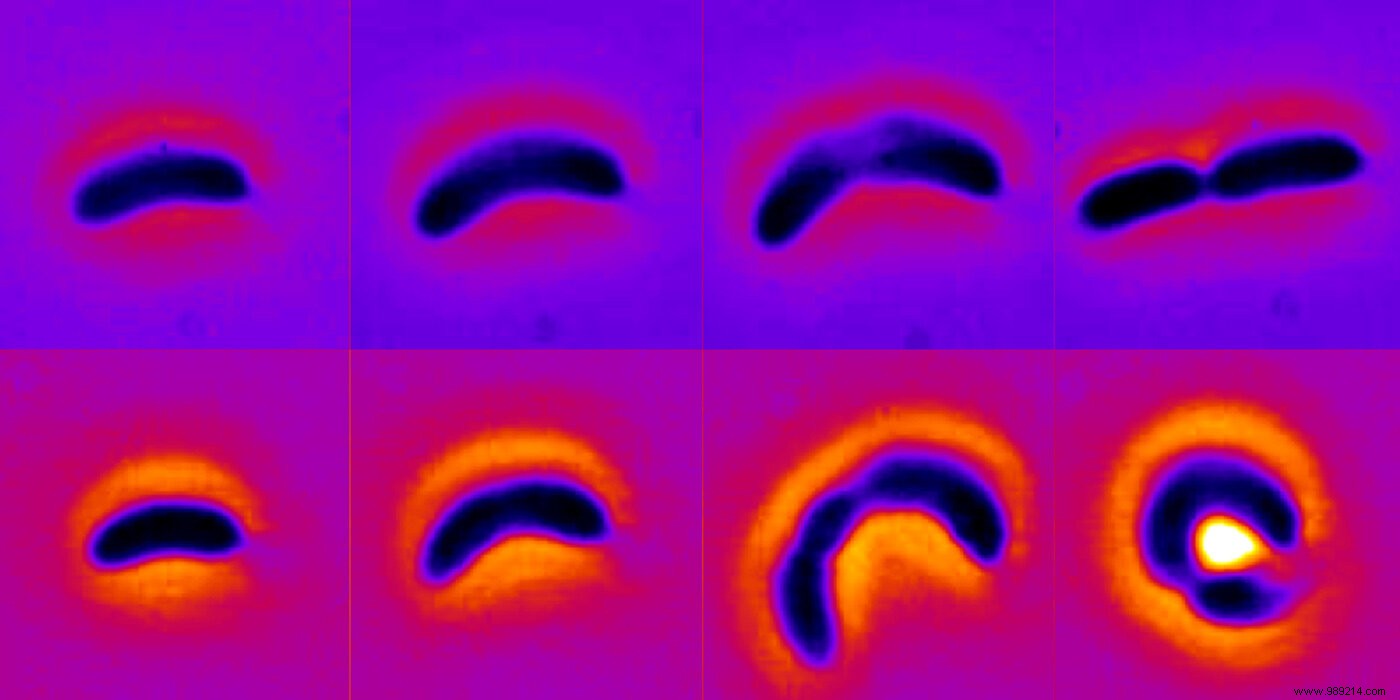A new study demonstrates how certain bacteria can adapt to long-term exposure to antibiotics by changing their shape. The work has been published in the journal Nature Physics .
For several decades, antibiotics have saved millions of lives by fighting against bacteriological diseases. However, the fight is not won in advance. Nature is constantly adapting and, by dint of using this type of treatment, bacteria have evolved to develop resistance.
As a result, the means of struggle are less and less effective. Recently, researchers have sounded the alarm, pointing out that urgent action is needed to control the use of antibiotics before they stop working altogether. Eventually, the WHO also estimates that these resistant bacteria could kill up to ten million people by 2050 .
It thus becomes urgent to propose new approaches capable of preventing these infections. With this in mind, the researchers closely analyze the different strategies deployed by the bacteria concerned. Some are already known, such as that of lateral gene transfer, considered the main mechanism for the spread of resistance in bacteria. A team led by Shiladitya Banerjee of Carnegie Mellon University today describes a new adaptive capacity.
As part of this work, researchers looked at how exposure to antibiotics could affect the growth and morphology of the bacterium Caulobacter crescentus , a commonly used model organism. This study found that when exposed to non-lethal doses of chloramphenicol (a broad-spectrum antibiotic) over multiple generations, these bacteria can "recover" their pre-stimulus growth rate and undergo changes dramatic in the shape of the cells ” , write the authors.
To put it more simply, these bacteria began to radically change shape by curling in on themselves (after about ten generations exposed to low doses of antibiotics). After the antibiotics were eliminated, the cells then reverted to their original shape after several generations.

Experiments done on a single cell, and thanks To theoretical modeling, the researchers believe that increasing cell width (and therefore volume) helps dilute the amount of antibiotics inside the bacteria, while curve and cell width may lower the ratio surface area/volume, allowing less antibiotics to pass through the cell surface.
“ This research is of great importance for human health. It will likely stimulate many more molecular studies on the role of cell shape on bacterial growth and antibiotic resistance concludes Banerjee.